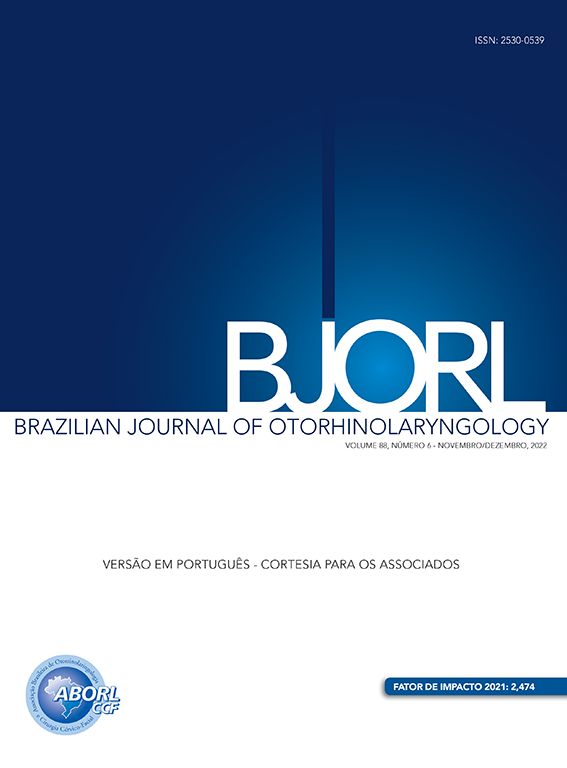Since Hirschmann introduced an endoscope into the maxillary sinus through the canine fossa in 1901, there have been significant technological advances in this field, that have affected paranasal sinus surgical technique. However, 70 years elapsed, before Messerklinger and Draf, popularized endoscopic sinus surgery to the extent that today they are almost the exclusive surgical techniques for sinus surgery, and have virtually replaced open techniques, also known as classic approaches.
This presents a problem in the teaching offered by medical residencies, that now dedicate themselves almost exclusively to the endoscopic techniques and have forgone or literally forgotten to train young surgeons in the so-called classic techniques. This is because the chief residents at most otorhinolaryngology residency programs have not been adequately trained in conventional surgical techniques and are not qualified to teach the classic approaches.
There is no doubt that procedures performed through the endoscopic approach have gained popularity, not only in otolaryngology but also in other areas of medicine. For instance, we have observed the same phenomenon occurring in videolaparoscopic surgeries. The famous phrase “great surgeons, large incisions” has been replaced, for at least two decades, by small orifices, and due to its undeniable advantages, endoscopic surgery currently stands as the method of choice for most surgeons.
In the current scenario, with high-definition video systems and next-generation endoscopic instruments and equipment, the question is: does the open or classic technique still have a place in the surgical arsenal of paranasal sinus surgery? Surely, the answer is “yes”, for it is not unusual that endoscopic surgeries become open ones, due to technical difficulties, insufficient or inadequate instruments, and even complications. For all these reasons, I believe we should resume teaching and training our young surgeons to add these classical procedures to their armamentarium;otherwise, when the open technique is indicated or required, the young surgeon will have to call the “doctor,” who may not be present or even available.
Conversely, it is undeniable that surgery performed through the endoscopic approach not only has revolutionized sinonasal surgical techniques, but has also become essential in many situations. Even in simple procedures, such as surgery of the nasal turbinates and septoplasty, the endoscope has become an extremely useful tool. However, open surgical procedures still have their place; these include among others, puncture of the canine fossa, the Caldwell-Luc procedure, and the “midfacial degloving approach,” which is particularly useful in the treatment of lesions located in the lateral region of the frontal sinus.
Conflicts of interestThe author declares no conflicts of interest.
Please cite this article as: Stamm AC. Is the training for paranasal sinus surgery really effective in our medical residencies?. Braz J Otorhinolaryngol. 2015;81:231.





